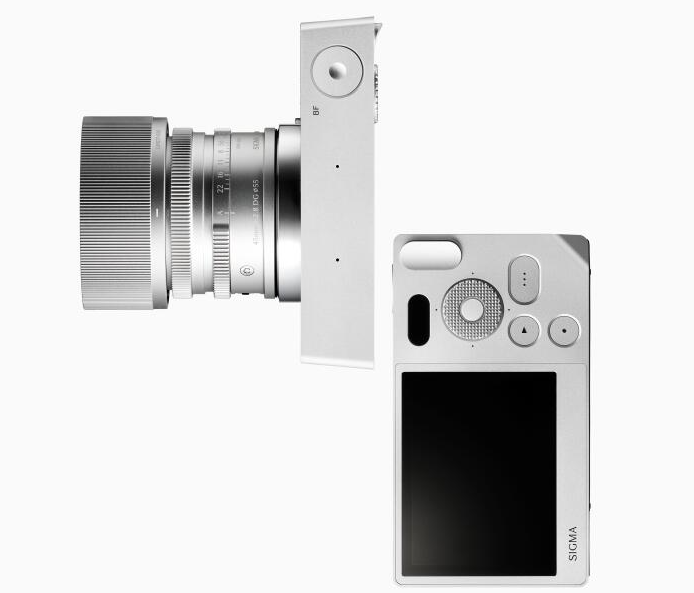AI Photography: Unlocking Creative Possibilities with Artificial Intelligence

The Power of AI in Photography: A Comprehensive Guide for Beginners
The world of photography has undergone a significant transformation with the integration of Artificial Intelligence (AI). AI in photography has opened up new avenues for creativity, efficiency, and innovation, making it an exciting time for photographers of all levels. In this article, we will explore the basics of AI photography, its applications, benefits, and future prospects.
Introduction to AI Photography
AI photography refers to the use of artificial intelligence to improve or enhance the quality of existing photos and generate AI-based images. This technology has made photography more accessible and affordable for everyone, even those new to photography. With AI-powered image processing, photographers can automate repetitive tasks, such as editing, retouching, and cropping, allowing them to focus on the creative aspects of photography.

Benefits of AI in Photography
The benefits of AI in photography are numerous. Some of the key advantages include:
- Automation and Efficiency: AI tools help photographers and editors perform fewer repetitive tasks, allowing them to focus on creativity and improving their photography.
- Accessibility and Affordability: AI technology has made photography more accessible to everyone, even those new to photography.
- Noise Reduction and Image Upscaling: AI can improve image quality by fixing things like exposure, color, and noise.
- Creative Exploration and Unique Styles: AI has changed how we explore creativity in photography, allowing us to easily try out different styles and settings.
Applications of AI in Photography
AI photography has various applications, including:
- Portrait Photography: AI can be used to enhance portraits by smoothing skin, removing blemishes, and adjusting lighting.
- Commercial Photography: AI can be used to automate tasks such as image editing, retouching, and cropping, saving time and increasing productivity.
- Wildlife Photography: AI can be used to track and recognize animals, allowing photographers to capture better shots.

AI-Powered Tools and Software
There are several AI-powered tools and software available for photographers, including:
- Topaz Photo AI: A powerful photo editing software that uses AI to simplify the editing process.
- Luminar AI: A photo editing software that uses AI to automate tasks such as image editing, retouching, and cropping.
- Adobe Photoshop: A popular photo editing software that uses AI to automate tasks such as image editing, retouching, and cropping.
Tips for Getting Started with AI Photography
If you're new to AI photography, here are some tips to get you started:
- Start with the basics: Understand the fundamentals of photography, including aperture, shutter speed, and ISO.
- Experiment with AI-powered tools: Try out different AI-powered tools and software to see what works best for you.
- Practice and patience: Don't be discouraged if you don't see immediate results. Practice and patience are key to mastering AI photography.
Conclusion
AI in photography is a rapidly evolving field that has the potential to transform the industry. With its ability to automate repetitive tasks, improve image quality, and enhance creativity, AI photography is an exciting and innovative field that is worth exploring. Whether you're a beginner or a seasoned photographer, AI photography has something to offer. So, why not give it a try and see what amazing things you can create?




Comments ()